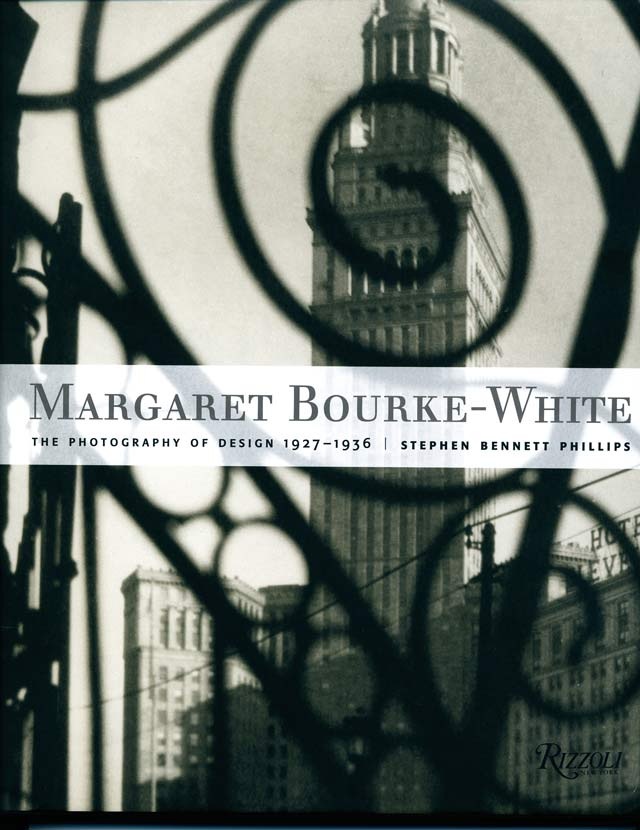A great woman photographer in a man’s world.
She was beautiful, well educated and had a strong sense of design. That Margaret Bourke-White (1904-1971) photographed the first cover of Fortune magazine in 1930 is well known. It is no less surprising a fact today, when one considers the extent to which men dominated journalistic photography at the time. Indeed, just three years earlier, Bourke-White had to lobby for weeks to be allowed into the Otis Steel Mill in Cleveland, for her gender was a ‘do not enter’ sign writ loud and clear in a man’s world. Fitting, then, that the resulting pictures, taken in 1927, made her famous.
This book chronicles her Machine Age photographs, taken through 1936, before she grew into a great humanist photographer, one adopting the candid style that the Leica had made possible. You will not find Leica pictures here. No, large format was the order of the day and Bourke-White embraced it enthusiastically, reveling in the fine level of detail the medium afforded.

Perusing my collection of photography books the other day I realized with some dismay that there was not a single one dedicated to the photography of Margaret Bourke-White. That omission was quickly corrected. This volume, published by Rizzoli in 2005, remains available from Amazon. You will not find a photography book with better quality reproductions, the pictures being printed with great tonal range and depth.
Bourke-White was not loved by the dominant working class male photographers of the day, a fact well illustrated in the excellent text by Stephen Bennett Phillips, which is quite devoid, mercifully, of dry academic drivel, and a fascinating read. As Phillips points out, where a Walker Evans would record his subjects in dry, unemotional, square on detail, Bourke-White could never resist the soaring diagonals which render her photography of man made objects so exciting. Further, she committed the cardinal sin of working for Big Business, becoming one of the highest paid women of the day, rather than choosing to starve nobly in some unheated garret. In these, her early works, people are mere design elements in pictures which glorify machines. Only later would her style change and adapt, and people would become the subject.
This book is not for everyone. Certainly it will stir the socialist souls of those convinced that industry exists to dehumanize and control. But for those who see the Machine Age, that time during which America simultaneously became the most powerful and most generous nation that the world has ever seen, as a true reading of America’s greatness, will revel in the magnificent photographs on display here.